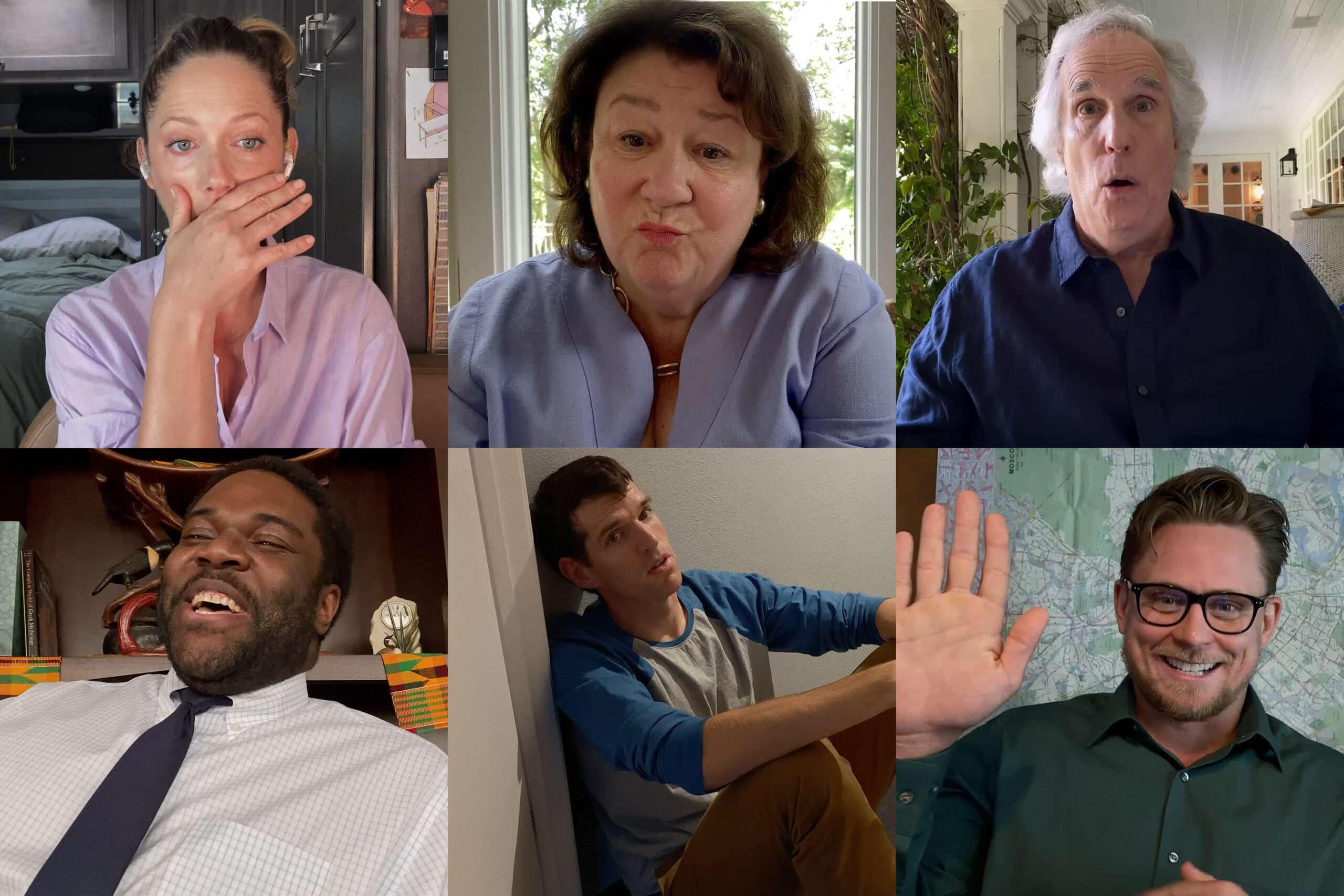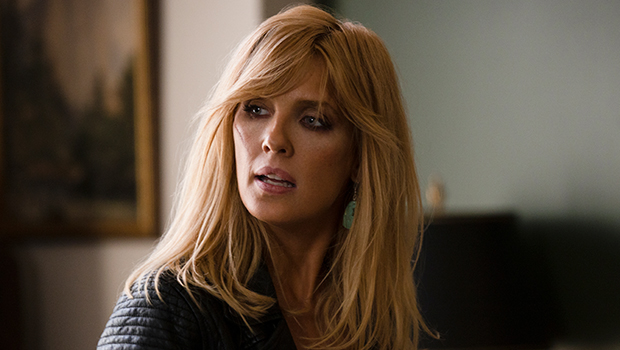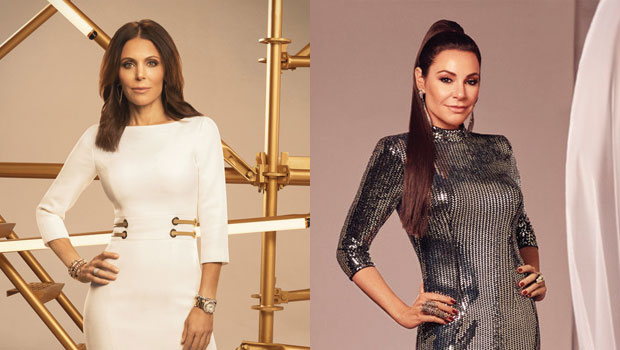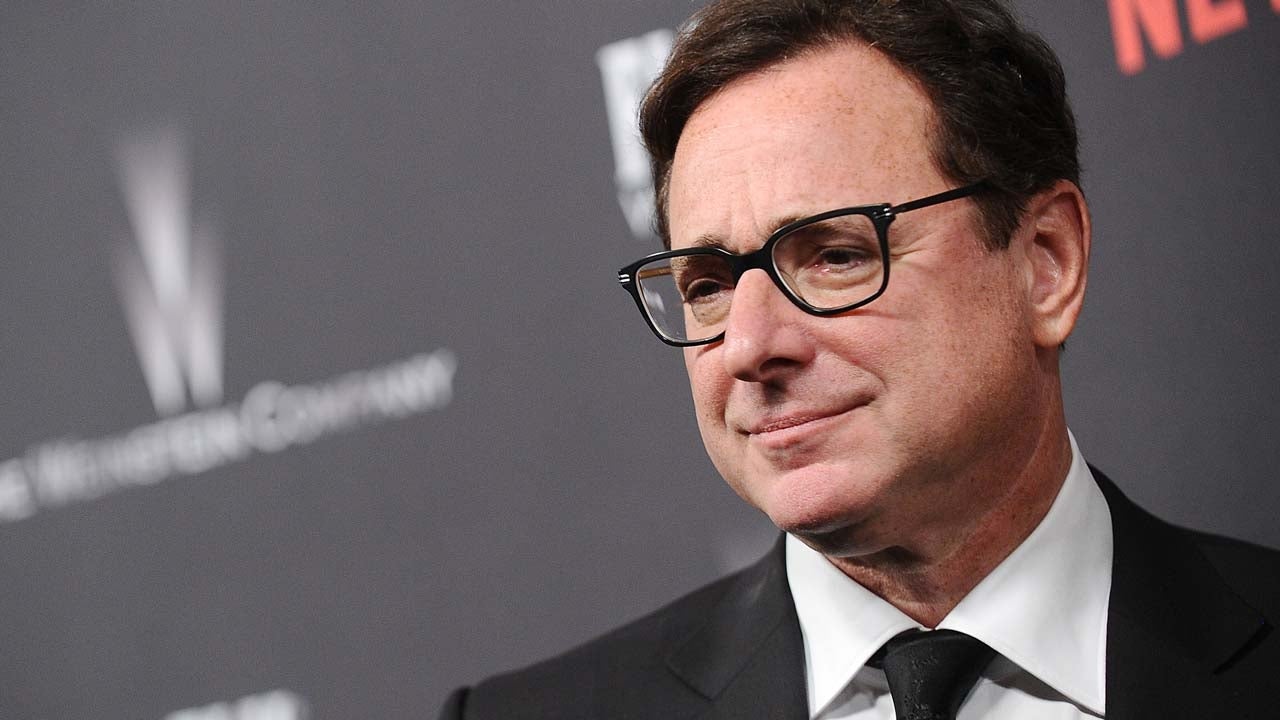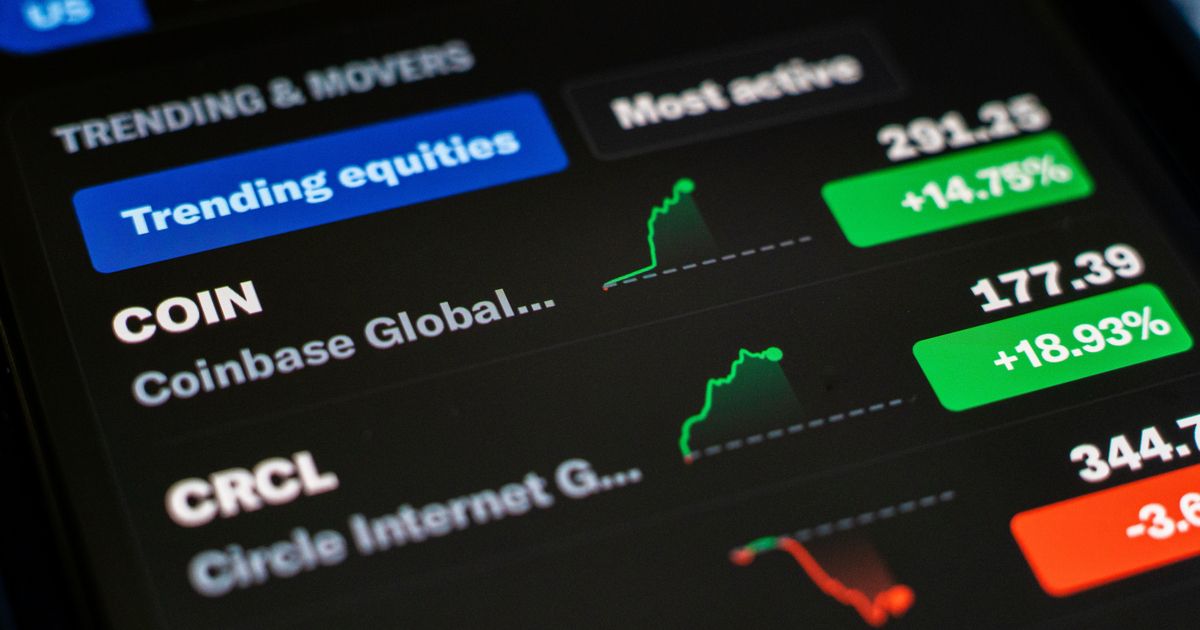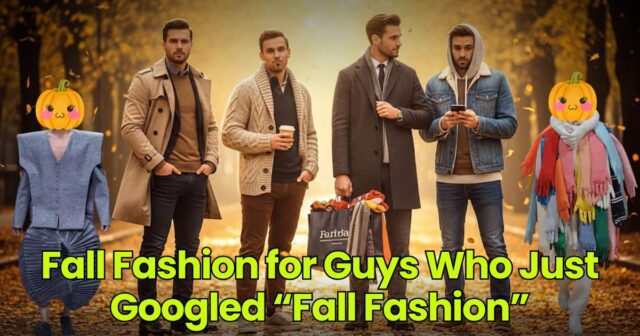Tribeca 2022 Women Directors: Meet Cynthia Lowen – “Battleground”
Cynthia Lowen is an Emmy-nominated filmmaker and award-winning writer whose work uses the power of story to catalyze meaningful change, confronting timely social issues from bullying to online harassment, to reproductive rights. Lowen is also the director and producer...
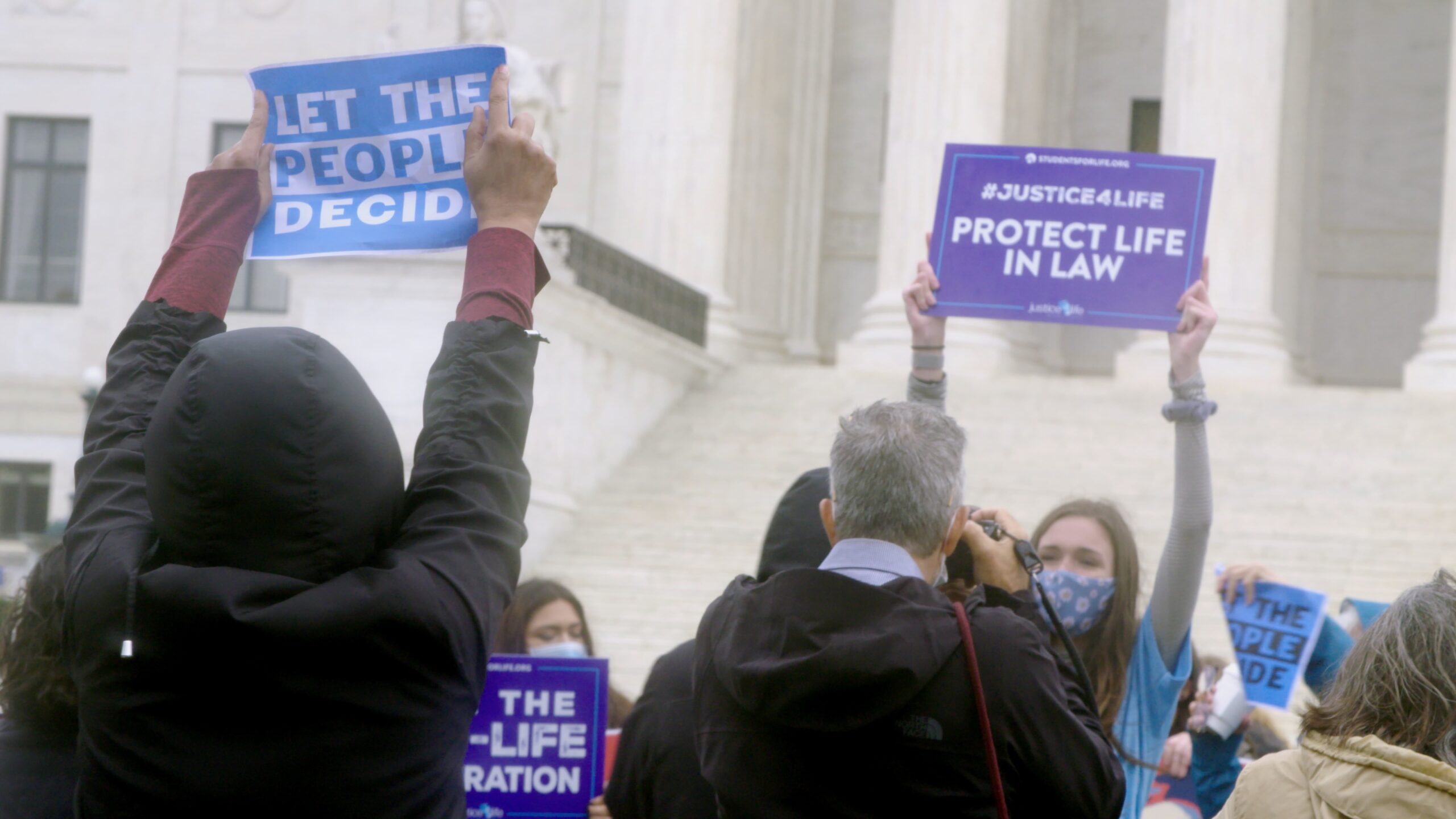
Cynthia Lowen is an Emmy-nominated filmmaker and award-winning writer whose work uses the power of story to catalyze meaningful change, confronting timely social issues from bullying to online harassment, to reproductive rights. Lowen is also the director and producer of HBO’s “Netizens”, a feature documentary about women and online harassment, and the producer and writer of the acclaimed documentary “Bully,” which follows five kids and their families through a year in the life of America’s bullying crisis.
“Battleground” is screening at the 2022 Tribeca Film Festival, which is taking place June 8-19.
W&H: Describe the film for us in your own words.
CL: “Battleground” is an urgently timely window into the intersection of abortion and politics in America, following three women who lead formidable anti-abortion organizations, to witness the enormous influence they wield. As Roe V. Wade stands on the precipice of being overturned, and numerous states pass unconstitutional abortion bans, the film also depicts those on the front lines of the fierce fight to maintain access.
The feature documentary is a powerful wake-up call that answers the question millions of Americans are asking right now: how have we arrived at this unimaginable turning point where Roe V. Wade is about to be overturned?
W&H: What drew you to this story?
CL: As a pro-choice person who unequivocally supports women’s access to abortion, I was genuinely curious about how the anti-abortion movement has been so effective in advancing their goals against the will of the majority.
I felt like there was no way to really understand this phenomenon without taking a bird’s eye view of the power structures that have made it possible for us to arrive at the brink of overturning Roe, in spite of the fact over 60% of Americans think abortion should be legal.
I realized early on in production that I wanted to explore this issue by getting inside of the anti-abortion movement, to learn who anti-abortion people are, what they believe, how they organize, what their goals are, and how they operate in political arenas. I soon discovered that a lot of the stereotypes about the anti-choice movement — namely, that it’s all ‘old white men’ out to control women’s bodies — were being challenged.
I began following three women who are prominent leaders of the anti-abortion movement, and witnessed that a large faction of the movement is young, female, digitally savvy, tapped into cultural and social zeitgeists, highly politically connected, and willing to go to any length to achieve what they want.
I was also able to access a tape-recording of a meeting between Donald Trump and leaders of the Christian Right, which took place a month before the 2016 election, in which the leaders lay out their central agendas — ending abortion, ending trans rights, diminishing the separation of church and state and of course, nominating conservative Supreme Court justices — which Trump promises to fulfill if Christians turn out to the polls. This brings viewers into the backroom deal-making that resulted in Donald Trump becoming ‘the most pro-life President in history,’ and shows the transactional relationship between anti-abortion voters and Republican lawmakers.
In filming over the course of 2020 and into 2021, we wound up capturing an absolutely watershed year for the future of abortion in America, when the relationship between the anti-abortion movement and political power was on full display, particularly with the death of Justice Ginsburg and the confirmation of Amy Coney Barrett. The influence of the Christian Right and the anti-abortion movement over the current makeup of the Supreme Court cannot be overstated, and we are now seeing the direct results of this. This is only the beginning of what lies ahead.
W&H: What do you want people to think about after they watch the film?
CL: In light of the Supreme Court’s leaked draft opinion, the film has become an urgent, powerful call to action to confront the unprecedented attack on access to reproductive healthcare that we are witnessing. To retake these rights, pro-choice people must understand who they’re up against and how they’re winning.
After watching the film, I hope audiences will feel catalyzed to get engaged in this struggle — that will mean different things for different people: registering to vote, learning more about their local candidates’ positions on abortion, supporting abortion funds, getting involved in sex-education programming and school board meetings, sharing their own story to help break the stigma, going to marches or protests, training to be an ob-gyn.
There are so many ways to be involved, which is something you see in the film with anti-choice folks — they are working to end abortion through so many channels, and so their efforts must also be confronted in diverse ways. After seeing the film, I also hope audiences will be better equipped to respond to the tsunami of anti-choice/anti-women’s-rights legislation that the overturning of Roe is about to unleash.
W&H: What was the biggest challenge in making the film?
CL: As with most films, the biggest hurdle was probably the funding challenge, and getting far enough along to show proof of concept for the unique approach to this story. It’s always that balancing act of taking the risk and making the investment to start the project before you know how the funding is going to work out, and then getting to that point where you know you are onto something, and really need financial support to see it through.
I am immensely grateful to our executive producers Jeff Sobrato, Dexter Braff, Nicole Shipley, Ryan Harrington, and Ruth Ann Harnisch for taking the leap with me, and for being incredible champions of this work.
W&H: How did you get your film funded? Share some insights into how you got the film made.
CL: The film was made through a combination of support from investors including Jeff Sobrato and Safe Space Pictures with executive producers Nicole Shipley and Ryan Harrington, exec producer Dexter Braff and Fifth Man Productions, and non-recoupable grants from organizations such as the New York State Council on the Arts, exec producer Ruth Ann Harnisch and the Harnisch Foundation, and other private foundations.
W&H: What inspired you to become a filmmaker?
CL: I’ve been writing stories since I was in elementary school and went on to major in creative writing in college and get my MFA in poetry, and I published a poetry collection as part of the National Poetry Series. So in this funny way, I think filmmaking was a natural progression from poetry because the mediums are both about metaphor and image and what is unsaid or said “slant” as Emily Dickinson noted.
I also really wanted my work to be engaged in social justice and human rights, and it was actually at the Tribeca Film Festival in 2005, at a screening of a film called “Favela Rising,” that I had this sort of bing-bing-bing “aha” moment where I realized that documentary filmmaking was what I wanted to pursue as a way of combining these passions for storytelling and poetry and justice.
W&H: What’s the best and worst advice you’ve received?
CL: Best: Learn to drive stick-shift.
Worst: Just fix it in post.
W&H: What advice do you have for other women directors?
CL: One thing I found is that sometimes the preconceived notions folks may have about women or their capabilities or limitations can sometimes be used to one’s advantage. If people underestimate you, they may also be less guarded or threatened, it might be possible to get into spaces or situations or conversations you might not otherwise have access to.
As a woman director, I have definitely had the experience of people on set addressing their questions to the sole man in sight, and making the assumption that there’s got to be a man around somewhere who is actually in charge, but in a way, that also allows for a degree of stealthiness and the opportunity to observe and use people’s own prejudices to your advantage.
W&H: Name your favorite woman-directed film and why.
CL: There are so many films directed by women that I love that I could not say I have a single favorite.
One film I was recently utterly enchanted by is a 2018 movie called “Dead Pigs,” written and directed by Cathy Yan, about a series of interconnected characters in contemporary Shanghai. It has all of the complex, messy, funny, heartbreaking dynamics of being human and human relationships, and yearning and disappointment, and the cinematography is stunning. It was a film I felt radiated love for story, love for the craft of filmmaking, love for its characters and writing — I highly recommend it, and you can find it on Mubi!
W&H: How are you adjusting to life during the COVID-19 pandemic? Are you keeping creative, and if so, how?
CL: Well, as stated earlier, the antis were very busy over the course of 2020/21, when we did the filming for “Battleground” so it’s been a generative time, albeit with lots of modifications, like filming remotely with many talented local film crews, or even capturing interviews on Zoom at the height of the pandemic when in-person cinematography was simply not an option.
As we were finishing the film, editor Nancy Novack came to stay with me for several weeks after working remotely together for many months, which was another result of the ways we’ve changed our workflows over the pandemic, and which really worked out well. Beyond that, I think having time to slow down and be a bit more quiet and interior has made space for getting back to writing and I’m now working on a few scripts.
I also find myself more conscious about the choice to go out and socialize or travel for work, rather than being pushed and pulled by the waves of demands or obligations, and with that has also come the freedom to choose to spend that time focusing on projects.
W&H: The film industry has a long history of underrepresenting people of color onscreen and behind the scenes and reinforcing — and creating — negative stereotypes. What actions do you think need to be taken to make Hollywood and/or the doc world more inclusive?
CL: Financing is integrally tied to who gets to tell the stories and make the films and represent whom, as well as who makes the choices about who is behind the camera.
I’d love to see far more opportunities for underrepresented filmmakers to secure early financial support of their projects, because it is almost impossible for creators to start projects without taking enormous personal financial risk and that risk continues to be shouldered by filmmakers until later and later in production. So if one cannot take that risk, or does not have a substantial body of prior work to show, it is extremely hard to break into the industry and secure the support to see projects through to the finish line — and then have the money and track record to start your next project.
So I think we need more financiers and production companies and industry leaders who are gate-dismantling rather than gate-keeping, and coming in at that critical early make-or-break point many projects face with funding that is accessible to underrepresented creators.

 Tekef
Tekef 







